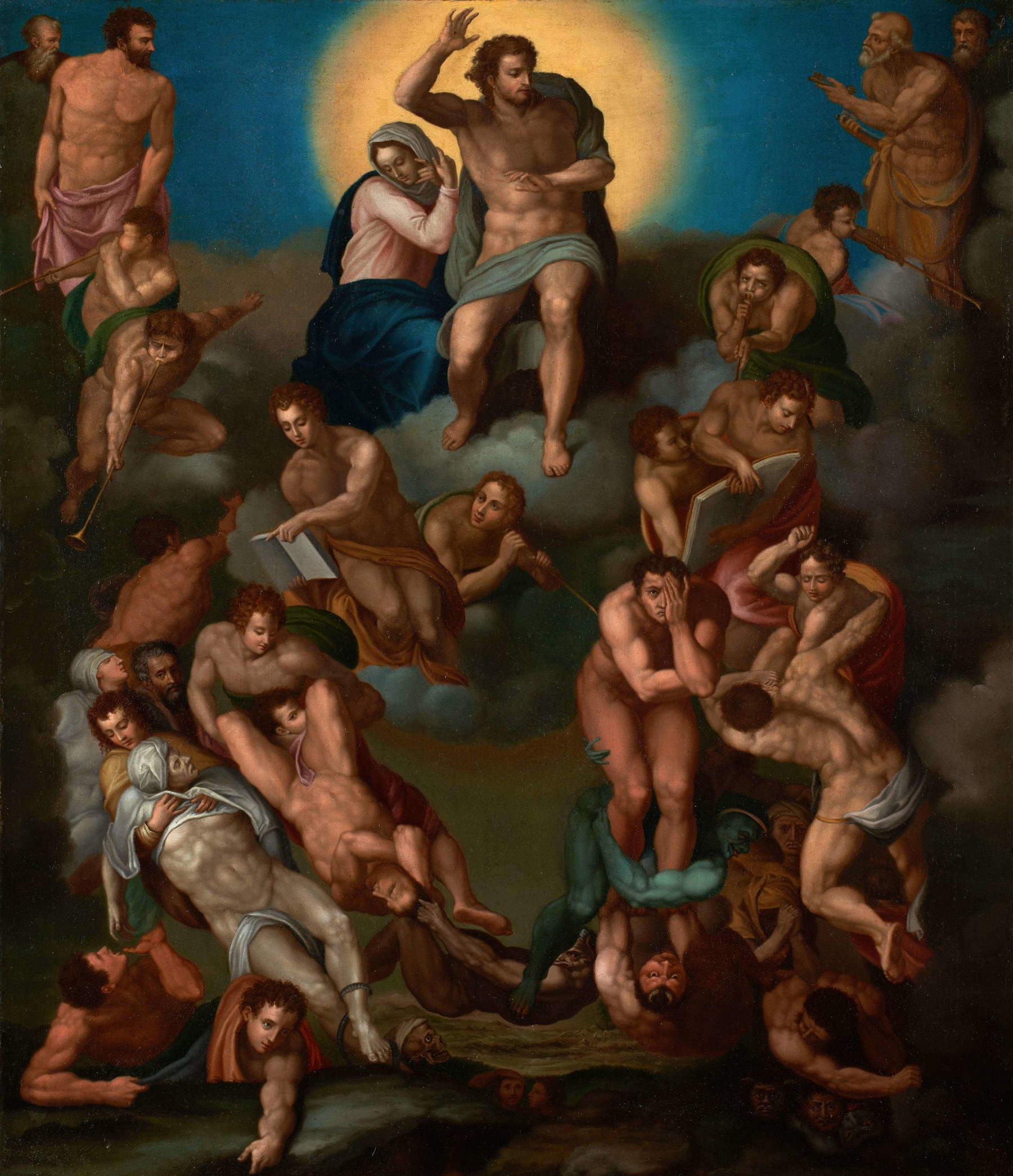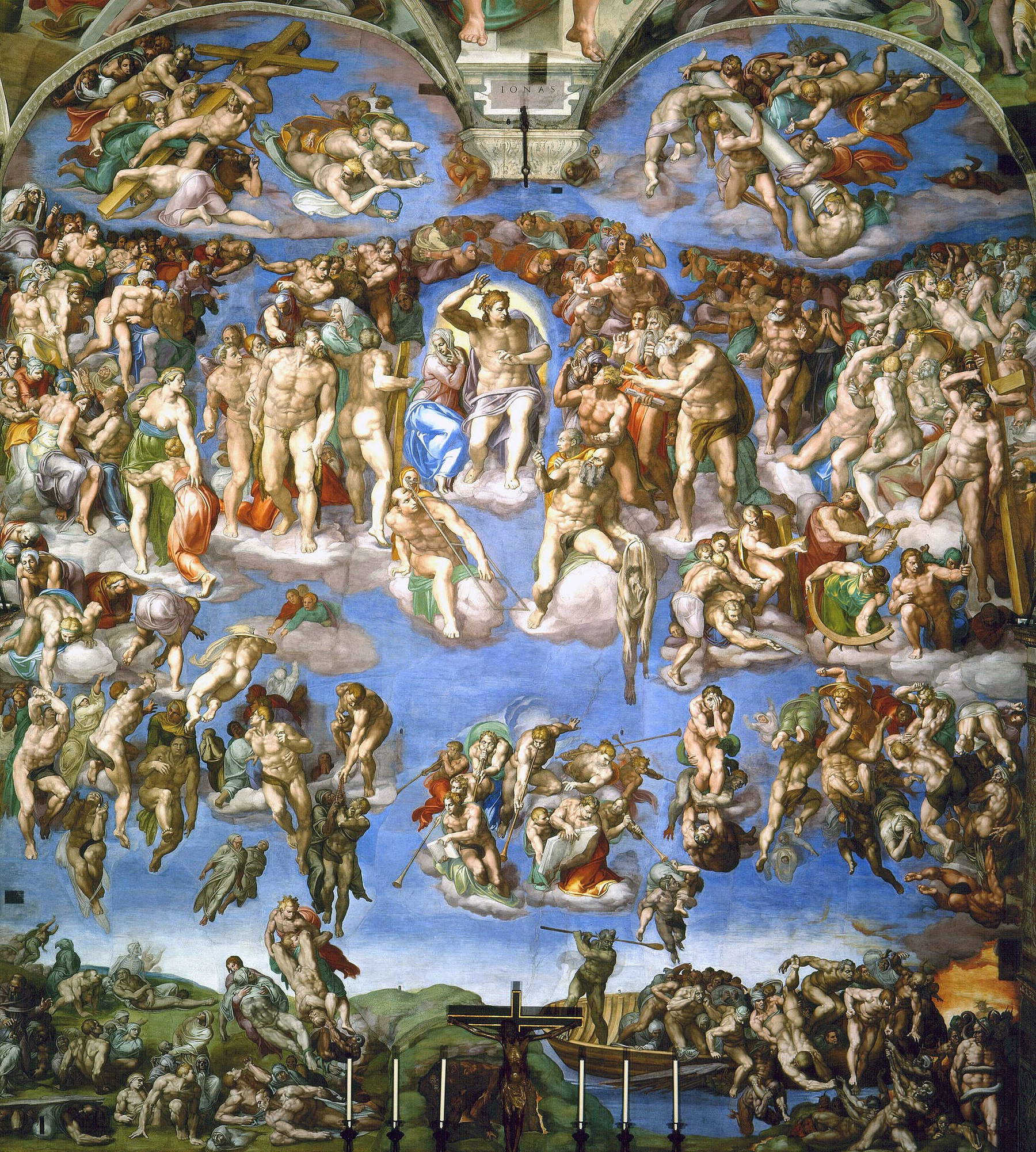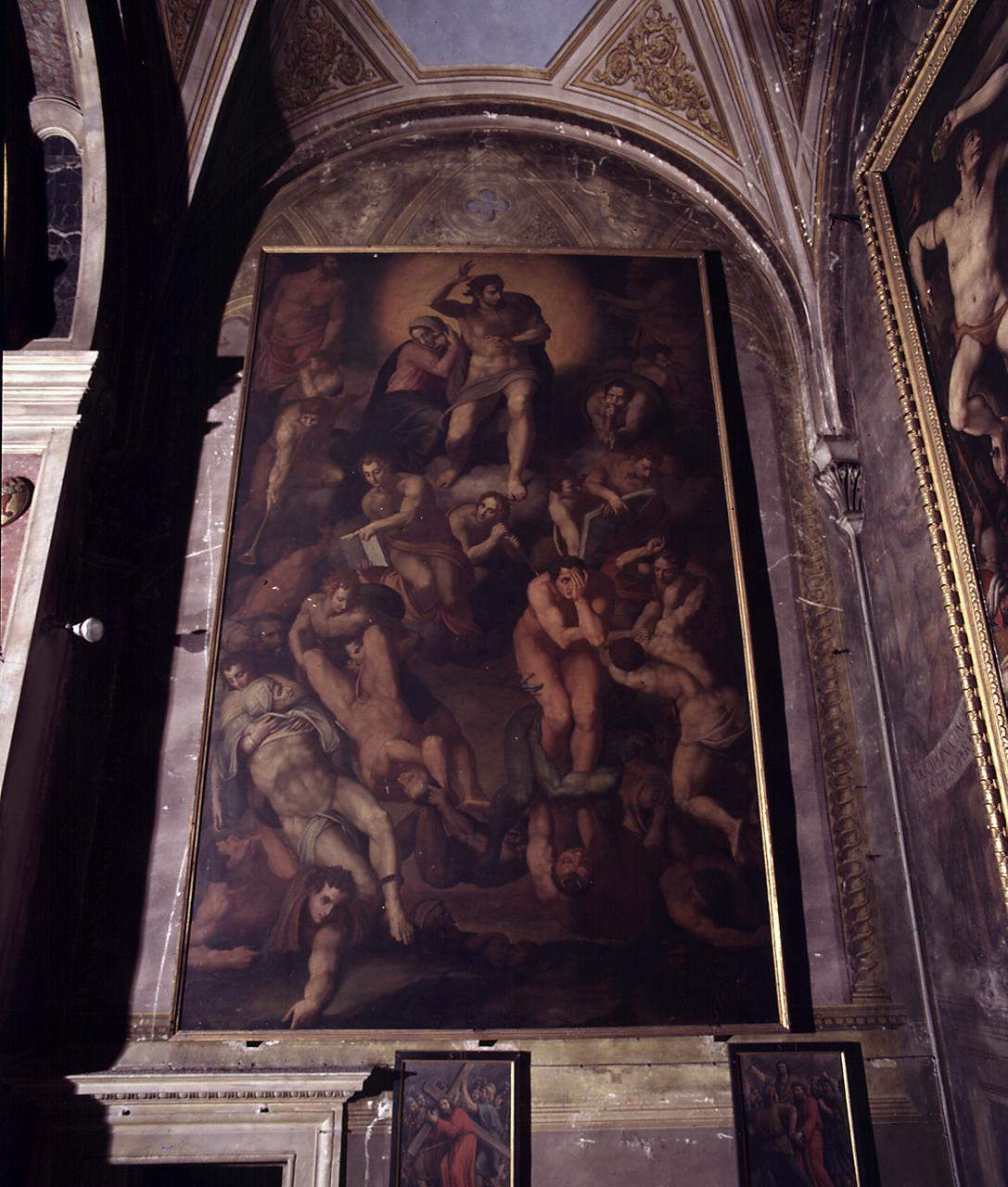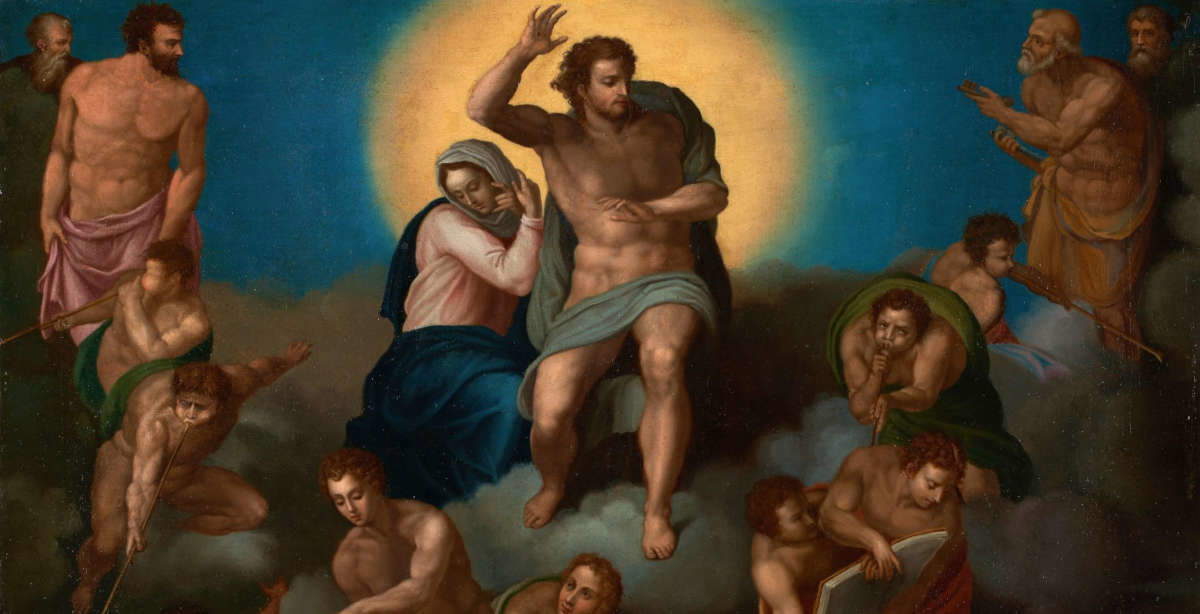This is why the newly discovered Last Judgment can in no way be by Michelangelo
There is no way that the painting that resurfaced yesterday in Geneva, a reduced version of Michelangelo’s Last Judgment , can be attributed to him, the author of the large fresco on the back wall of the Sistine Chapel. The work, executed in oil on canvas, the discovery of which has been talked about at length in recent hours in various newspapers, should, if anything, be downgraded to a copy of the altarpiece by Alessandro Allori executed for the Montauti chapel (later transferred to the Galli chapel) in the church of Santissima Annunziata in Florence, which itself is an homage, moreover declared, to Michelangelo’s Last Judgement . There are sufficient stylistic, iconographic and historical reasons to strongly discard the hypothesis that the small painting found in Switzerland could be the work of Michelangelo.
On the conduct of the painting, meanwhile, it should be pointed out that many of the figures have obvious errors of proportion that Michelangelo, a keen observer of human anatomy, would never have made: the tubicine angel on the left, for example, is much clumsier than the one Michelangelo painted on the wall of the Sistine Chapel, the Saint John the Baptist has a larger and lower right breastplate than the left (the error is not present, however, in the Sistine figure’s counterpart, of course), the back of the figure on the right almost looks like a’parochial interpretation of Michelangelo’s vigor since the movements of the muscle bundles do not present the same study and relief as the figure (however loaded) from which they are inspired but simply imitate them without understanding them, and again the foreshortening and anatomy of the arm of the character at the bottom on the left appear implausible (just compare it with the character who, in the fresco, is standing up holding his hands on the ground). Moreover, the newly found oil painting has much flatter colors than the fresco, Michelangelo’s iridescence is almost completely lacking (observe, for example, the Virgin’s tunic), the figures have decidedly less statuesque relief than those in the Sistine Chapel, and the clouds appear much heavier.
As for iconographic reasons, one observes an alleged self-portrait of Michelangelo among the saved, on the left: beyond the fact that the artist’s effigy traces the one executed by Daniele da Volterra in the portrait now in the Metropolitan in New York, it seems quite improbable that the artist would have wanted to depict himself among the saved, and what is more, modeling his own image on a portrait made by a colleague. The figures, moreover, show, on their genitals, the censures that would have been added by Daniele da Volterra himself in the 1960s: particularly revealing is the figure being dragged upward by angels holding him by the legs. His genitals appear covered, with a pink cloth that would have been added by the Volterran later: in the Sistine Chapel fresco, the addition was removed, along with several others, in the 1990s. It is not possible that Michelangelo in any way ’foresaw’ or ’suggested’ the intervention of the younger painter: even if one did not want to pay attention to stylistic elements, this one element alone would be enough to reject an attribution to Michelangelo. Moreover, in the Swiss painting, at least judging from the photos circulating, Christ has the same beard as Allori’s Christ, which is absent from Michelangelo’s Judgment .


 The Last Judgment
The Last JudgmentOn the idea that Alessandro Allori may have executed the Santissima Annunziata altarpiece on the basis of the Giudizio resurfaced in Geneva, an alleged gift from Michelangelo to the younger painter, one can turn to the Lives of Giorgio Vasari, a contemporary of both artists: in Vasari’s text there is no mention of this unlikely story, but it is said that Allori was inspired, if anything, by Michelagnolo Buonarroti’s “Giudizio,” which is obviously to be understood as the one in the Sistine Chapel (“Ha [Allori] dipinto e condotta tutto di sua mano con molto diligenza la cappella de’ Montaguti nella chiesa della Nunziata, cioè la tavola a olio e le faccie e la volta a fresco. In the panel is Christo above and the Madonna in the act of judging with many figures in different attitudes and well done, portrayed by Michelagnolo Buonarroti’s Judgment.”).
Finally, it should be remembered that Michelangelo did not like oil painting, at least according to Vasari’s account, who in his Lives recalls how Sebastiano del Piombo suggested to the pope that he have the Last Judgment done in oil “there where it did not want to do it except in fresco”: however, Michelangelo is said to have replied “that he did not want to do it except in fresco, and that oil coloring was the art of women and of wealthy and infingenuous people like Friar Bastiano.” This episode would even mark the rupture of Michelangelo’s friendship with Sebastiano del Piombo. The Tuscan artist, wrote Costanza Barbieri, a specialist in 16th-century art, "seems never to have used the oil technique, except experimentally as tempera grassa, and after his Roman experiences he would turn to easel painting only exceptionally. The famous Leda, painted in 1530 for Alfonso d’Este and now lost, was like the Tondo Doni a tempera on panel. Michelangelo was an absolute master of color in tempera and fresco, but oil painting, with its effects of softness, transparency and depth, was foreign to his poetics."
It is worth concluding with some opinions of the art historians who have been hot on the Last Judgment found in Geneva. The first to speak out was Andrea Alessi, a scholar of Michelangelo and Sebastiano del Piombo, who spoke of “anatomical errors, ungrammaticality, improbable colors. Excessively superfluous veins,” adding, “I take the opportunity to disavow autographism without ifs and buts.” Art historian Rossella Vodret branded it “ridiculous.” And Stefano Zuffi commented, “From one Michelangelo (Merisi) to another (Buonarroti) the factory of panzane is always in operation.”
 |
| This is why the newly discovered Last Judgment can in no way be by Michelangelo |
Warning: the translation into English of the original Italian article was created using automatic tools. We undertake to review all articles, but we do not guarantee the total absence of inaccuracies in the translation due to the program. You can find the original by clicking on the ITA button. If you find any mistake,please contact us.




























